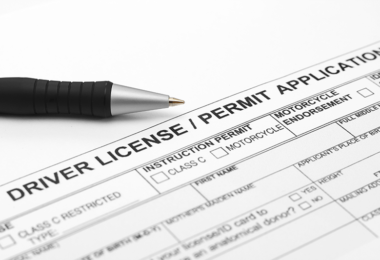Home / Modules / Components / Modify current tests to move from learner to intermediate license, add exit tests / Description and rationale
Description and rationale
License testing in the U.S. is an integral part of the progression from learner to pre-licensure. Passing a written test about road rules and knowledge of safe driving practices is a requisite for entering the learner stage. Passing a road test is then generally required to obtain a license to drive independently. These current license tests focus on assessing the minimum standards for safe driving, are relatively simple to pass, and typically pre-date the introduction of GDL. Little has been done to improve license testing in the U.S. and to better integrate it with GDL programs. The basic road tests that have been in place for decades are inadequately demanding and need improvement.
Additional license testing has been introduced as part of GDL programs in some countries but not in the United States. In three Canadian provinces (British Columbia, Alberta and Ontario), this includes an advanced on-road exit test to graduate from the intermediate to a full license. Some Australian states have also adopted computer-based hazard perception testing to move from different stages of their GDL programs.
Although the research on the safety benefits of advanced on-road exit and hazard perception tests as GDL requirements is limited, such license testing can be supported on logical grounds because they provide an objective means to determine if teen drivers have higher-order performance skills and cognitive functions to drive safely and advance through the GDL program towards independent driving. With longer learner periods and supervised hours requirements, it makes sense to expect a higher level of driving competence at the time of the test. Such testing also provides incentive for novice drivers to obtain additional driving instruction and practice during the intermediate stage, in order to attempt the exit test so they can obtain a full license.
The GDL framework recommends that:
- learner applicants pass knowledge and vision tests, which should include items relating to GDL requirements
- obtaining an intermediate license should require passing an on-road, standardized entry-test, which includes hazard perception skills
- in order to progress to a full, unrestricted license, intermediate license holders should be required to pass an advanced on-road or computer-based exit test that includes measures of higher-order driving skills such as hazard perception, situational awareness, and decision-making
- in addition, or as an alternative to testing, graduating from this stage to a full license could be contingent on having a clean driver record, which may be an especially appropriate measure to take for novices who fail the road test repeatedly and age out of GDL.





